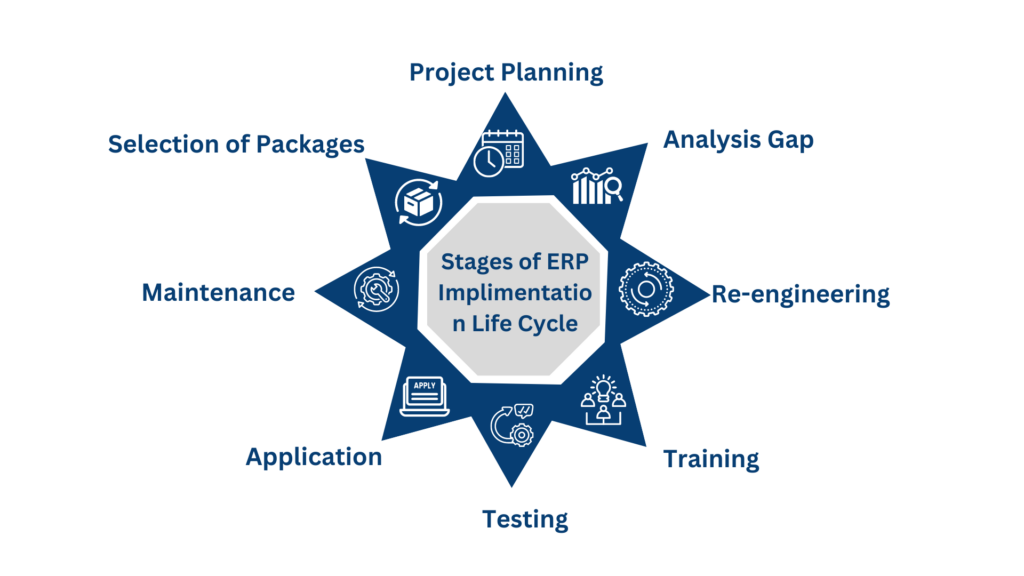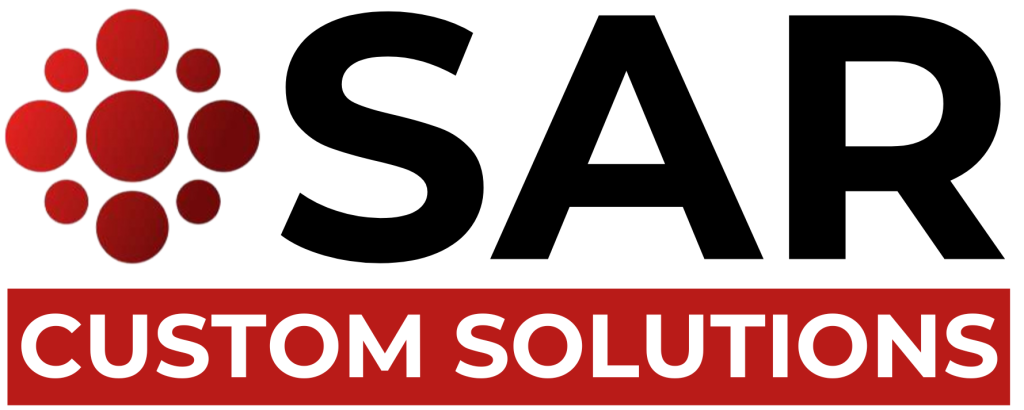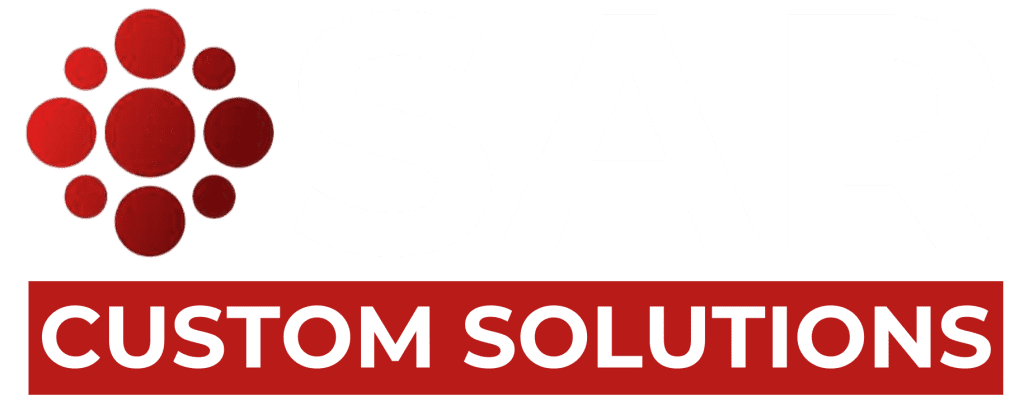Introduction:
Enterprise Resource Planning (ERP) systems have become integral to the success of businesses across various industries. As companies strive for efficiency, transparency, and agility, the demand for customized ERP solutions continues to grow. In this comprehensive guide, we will delve into the key aspects of ERP development, from understanding its importance to the step-by-step process of creating a tailored solution for your business.

A) Understanding ERP & Its Significance
1.Defining ERP :
- ERP is a comprehensive software solution designed to integrate and streamline various business processes.
- It encompasses functions like finance, human resources, supply chain, manufacturing, and more.
2.Benefits of ERP:
- Improved efficiency and productivity.
- Enhanced data accuracy and real-time reporting.
- Better collaboration across departments.
- Increased customer satisfaction through improved services.
- Regulatory compliance and risk management.
B) Planning & Preparation
1.Needs Assessment:
- Identify and prioritize business processes that need improvement.
- Assess current software and infrastructure to determine compatibility
2. Stakeholder Involvement:
- Engage key stakeholders from different departments to gather requirements.
- Understand user needs and expectations to ensure a user-friendly interface.
3.Budgeting and Resource Allocation:
Define a realistic budget for ERP development.
Allocate resources, including human capital, technology, and infrastructure.
C) Choosing the Right ERP Development Approach:
1.Customization vs. Out-of-the-Box:
- Assess the balance between customization and leveraging existing ERP solutions.
- Evaluate the pros and cons of each approach based on your business requirements.
2.Cloud-Based vs. On-Premises:
- Consider the scalability, cost, and security implications of cloud-based vs. on-premises solutions.
- Evaluate the impact on accessibility and data management.
D) ERP Development Process:
1.System Design:
- Develop a detailed system architecture based on requirements.
- Design the database structure and user interfaces.
2.Development and Coding:
- Use agile methodologies for iterative development.
- Ensure robust coding practices for scalability and maintainability.
- 3.Integration:
- Integrate the ERP system with existing software applications.
- Ensure seamless data flow between different modules.
- 4.Testing:
- Integrate the ERP system with existing software applications.
- Ensure seamless data flow between different modules.
- Conduct thorough testing to identify and resolve bugs.
- Perform user acceptance testing (UAT) with key stakeholders.
E) Deployment and Training:
- 1.Rollout Strategy:
- Plan a phased rollout to minimize disruptions.
- Monitor and address issues during the initial deployment
- 2.Training Programs:
- Develop comprehensive training materials.
- Conduct training sessions for end-users to ensure effective utilization.
- Plan a phased rollout to minimize disruptions.
- Monitor and address issues during the initial deployment.
F) Maintenance and Continuous Improvement:
- 1.Post-Implementation Support:
- Establish a support system to address user queries and technical issues.
- Regularly update and patch the ERP system to address security vulnerabilities.
- 2.Feedback Mechanism:
- Collect feedback from users to identify areas of improvement.
- Implement continuous improvement processes to enhance system functionality.
- Establish a support system to address user queries and technical issues.
- Regularly update and patch the ERP system to address security vulnerabilities.
Conclusion:
Developing a customized ERP system is a complex but rewarding endeavor that can transform the way your business operates. By understanding the importance of ERP, meticulous planning, and a well-executed development process, you can streamline operations, enhance collaboration, and position your organization for sustained success in a dynamic business environment.

